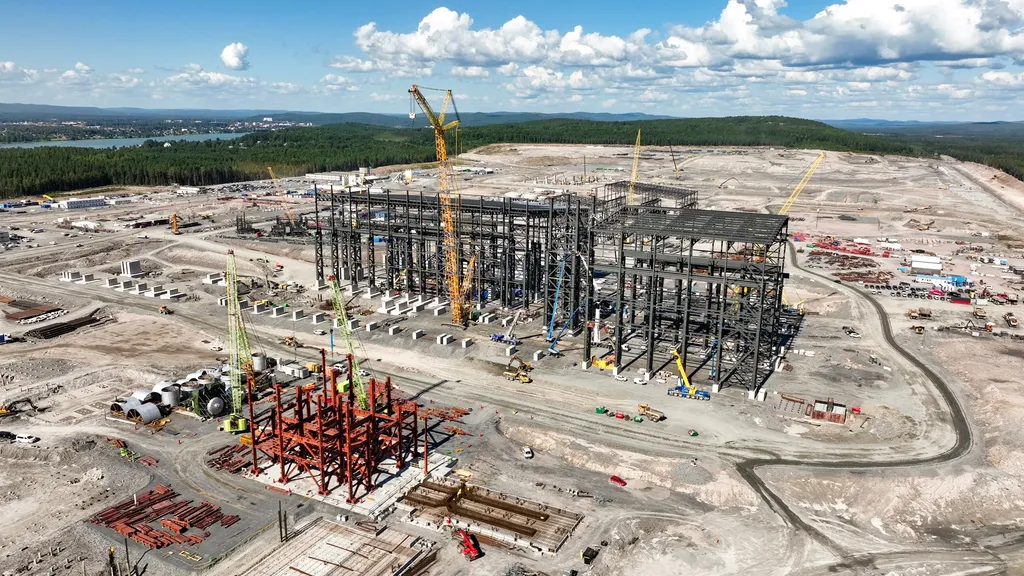In the quest for greener steel production, researchers are tackling a significant hurdle: the removal of zinc (Zn) and tin (Sn) impurities from scrap steel. These elements, often found in coated scrap steel, pose challenges in electric arc furnace (EAF) steelmaking, a process celebrated for its energy efficiency and low carbon emissions. A recent study published in *Teshugang* (translated as “Iron and Steel”) sheds light on innovative technologies that could revolutionize the industry.
Lead author Wang Runzhe, whose affiliation is not specified, highlights the critical need for efficient removal of Zn and Sn. “The biggest problem in high-quality utilization of scrap steel in EAF steelmaking is the control of residual element content,” Wang explains. These impurities not only cause environmental issues like dust pollution but also degrade the mechanical and processing properties of steel.
The study delves into various removal technologies, categorizing them into solid scrap pretreatment and melt removal. Solid scrap pretreatment includes mechanical removal, leaching, electrolytic removal, and vaporization. Melt removal encompasses calcium reaction and evaporation. Each method has its advantages and drawbacks, offering a spectrum of solutions tailored to different production needs.
One of the most promising avenues is the use of calcium reactions to remove impurities. This method has shown potential in effectively reducing Zn and Sn content, thereby enhancing the quality of the final steel product. “The application prospect of Zn and Sn removal technology in actual production is vast,” Wang notes, emphasizing the importance of technological innovation in achieving green and low-carbon development in the iron and steel industry.
The implications for the energy sector are profound. As the world shifts towards sustainable practices, the steel industry must adapt to meet stringent environmental standards. EAF steelmaking, with its low energy consumption and reduced carbon emissions, is poised to play a pivotal role. However, the effective removal of Zn and Sn impurities is crucial for maximizing the potential of this process.
The research not only provides a comprehensive overview of current technologies but also offers a glimpse into future developments. By addressing the challenges posed by residual elements, the study paves the way for more efficient and environmentally friendly steel production. As Wang Runzhe’s work demonstrates, innovation in removal technologies is key to unlocking the full potential of scrap steel utilization.
In an era where sustainability is paramount, this research offers a beacon of hope for the steel industry. By embracing these technological advancements, the sector can stride confidently towards a greener, more efficient future. The insights from *Teshugang* serve as a valuable resource for researchers and industry professionals alike, guiding them towards innovative solutions that will shape the future of steelmaking.

